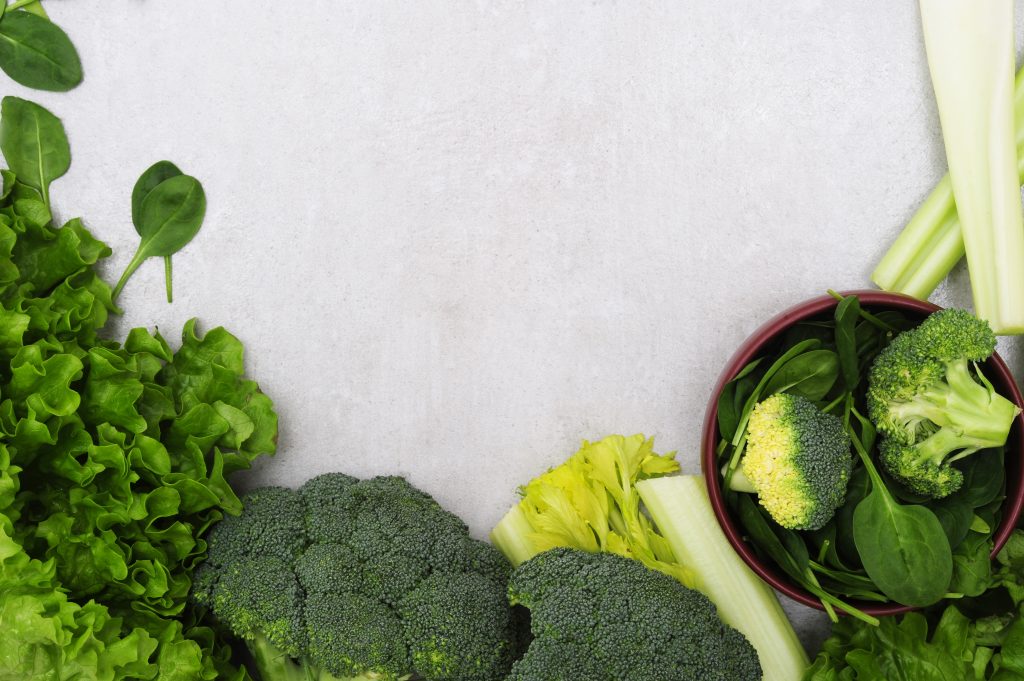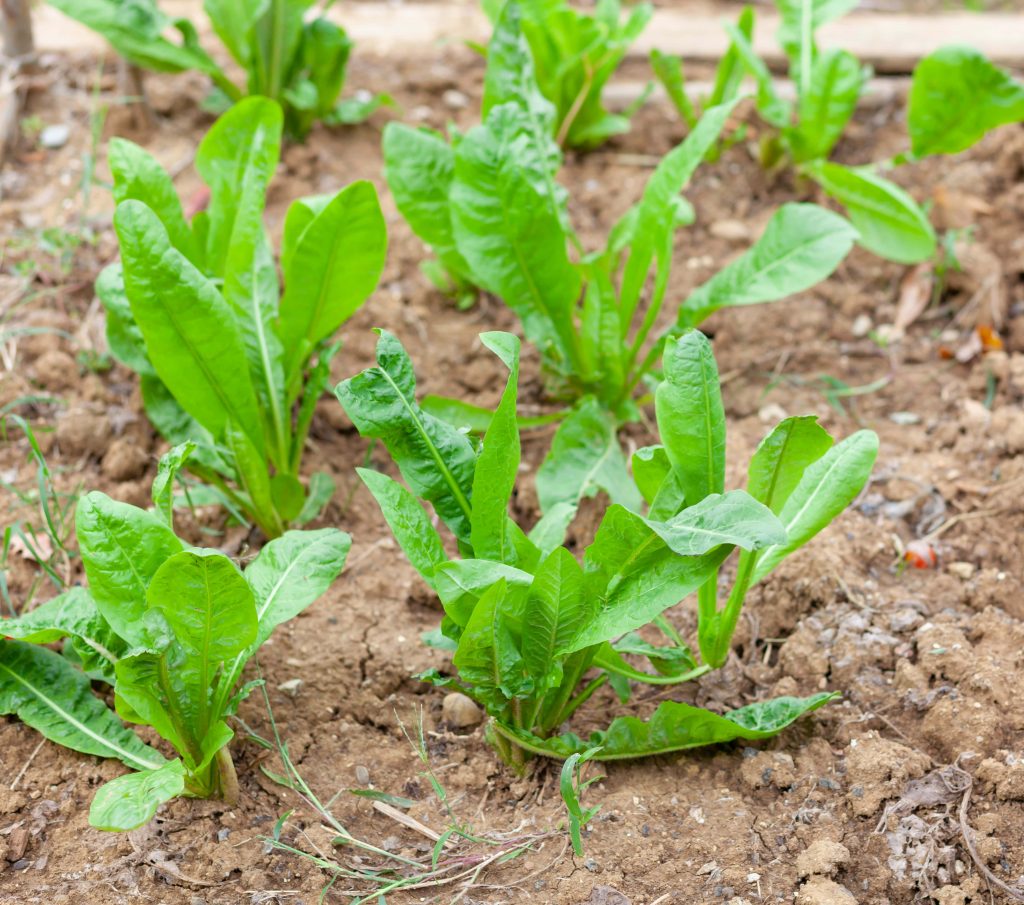Have you heard of the proverb “eat well to feel well”? This never ageing idiom remains synonymous even in today’s life, in addition to scientific verification. A well-toned body along with wrinkle-free skin is only possible if you follow a healthy diet.
And this is only possible when you opt for green leafy vegetables for glowing skin. Being one of the healthiest foods, green veggies are packed with vitamins, minerals as well as antioxidants. Adding wonders to your skin, green veggies also replenish skin tone and nourish your skin cells.
To understand in detail, we ought to know about the vegetables that fall into the category of leafy greens!
Which vegetables are leafy greens?
Let’s just section them one after the other to fetch more details about the same.
Spinach
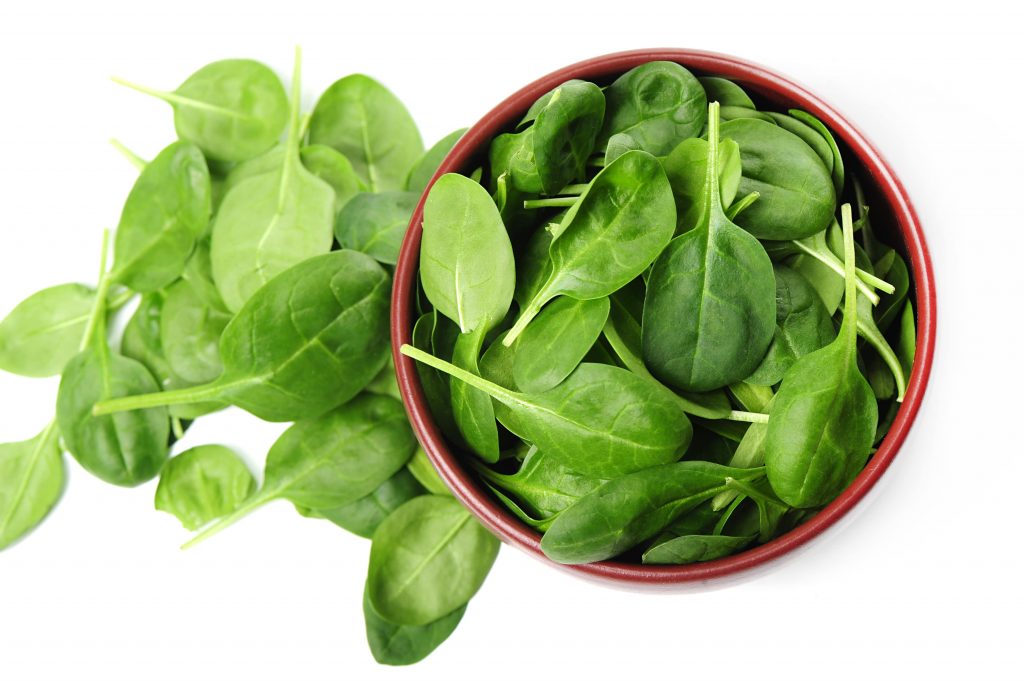
- A mild-tasting green leaf that eradicates significant health issues, spinach consists of natural compounds that are a boon in disguise to your health.
- Consuming one cup of cooked spinach can help treat eye problems (mostly age-related), anaemia, and Alzheimer’s.
- Furthermore, the presence of high potassium and low sodium adds to controlling your blood pressure level.
- One cup of cooked spinach has 41 calories and almost 4 grams of fibre.
How can you eat it?
- You can add it to your salad with other veggies.
- Drink it as a smoothie.
- Prepare a homemade sauce for dressing.
- And even slurp it as a healthy bowl of soup.
Kale
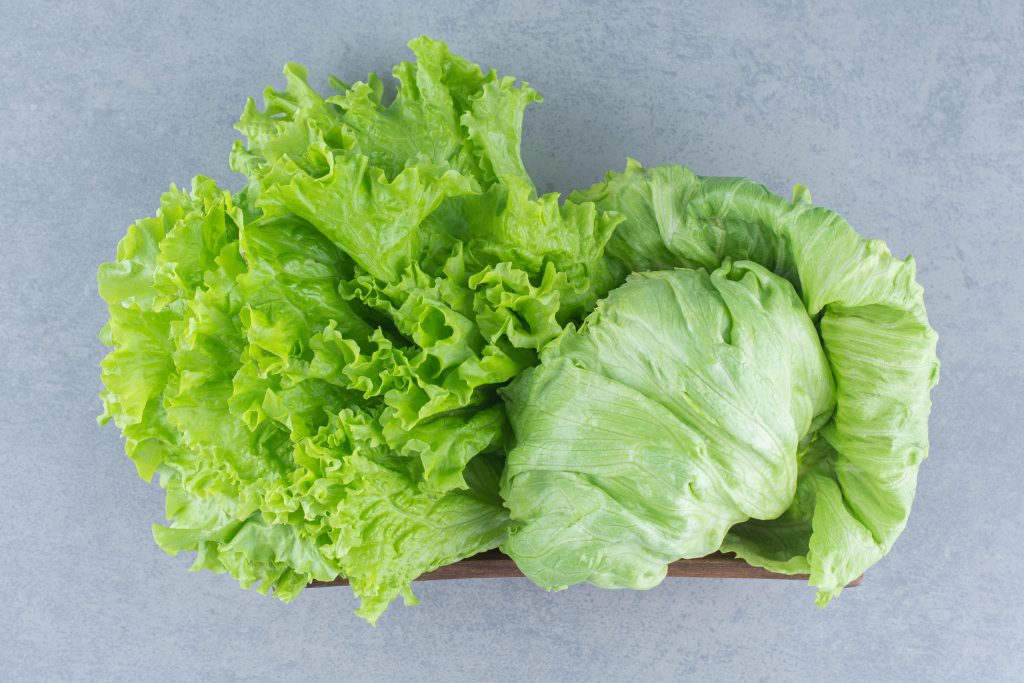
kale
- Known to be a pride of the leafy greens, Kale is bitter in taste but rich in nutrients.
- Infused with calcium, potassium, Vit A, K, B6 and C, Kale is also rich in antioxidants. It further helps in reducing oxidative stress.
- Experts suggest consuming Kale in raw form to retain its nutritional profile. One cup of raw kale is packed with 684% of the Daily Value for Vit K and 206% of DV for Vit A.
How can you eat it?
- You can consume it in your veggie salad. It will serve as the best for acquiring the nutrients for your body.
Cabbage
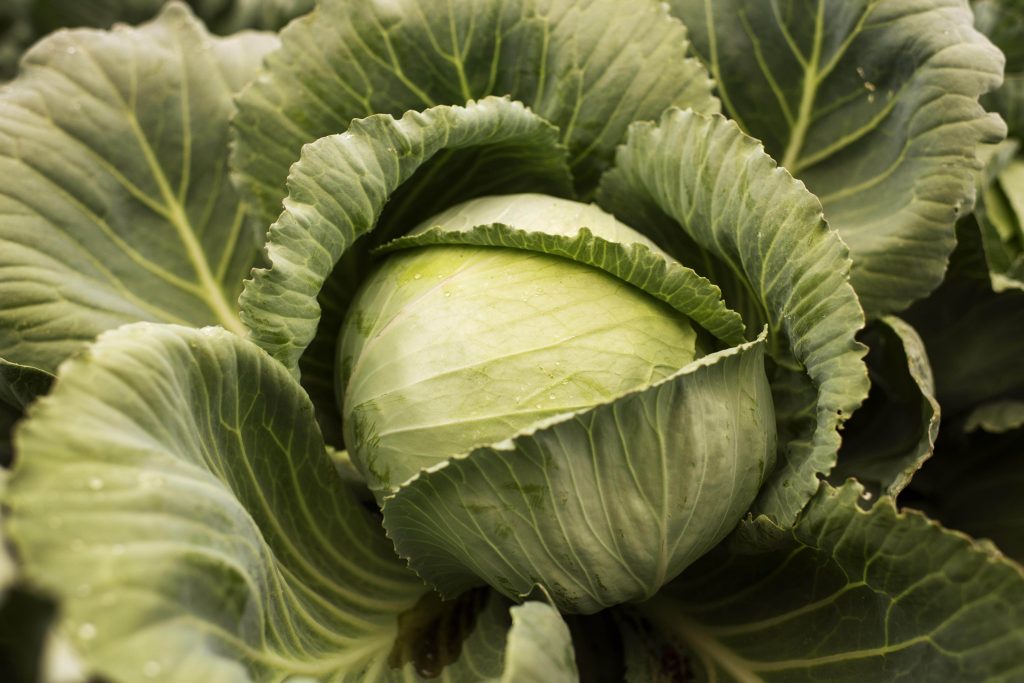
- Known as a super-food, Cabbage is rooted in skin-friendly nutrients. It is filled with Vitamin C, K and B6.
- They all contribute to supporting collagen formation for healthy and glowing skin.
- Cabbage also has antioxidants that will help in preventing oxidative stress.
- The presence of a good amount of sulphur works like a Keratolytic agent. This helps in omitting lesions from the epidermis layer of the skin.
How can you eat it?
- You can easily cook cabbage with spices to get a better taste.
- Add it to your salad dressing.
- Even eat it as a dumpling filling.
Arugula
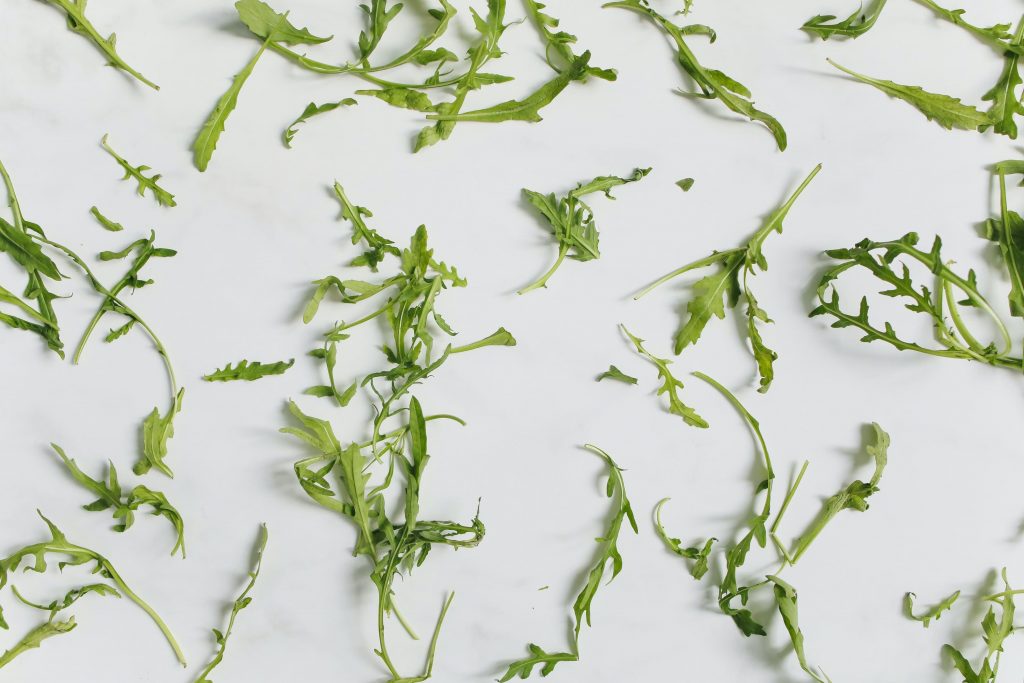
- Known as rocket, Arugula is somewhat of a pungent green that does have a pepper tinge to it.
- Though it looks fragile, Arugula is richer in nutrients than most raw vegetables. It is rich in Vit A, B9 and K.
- Consuming it will help in avoiding chronic diseases that may cause a hindrance to your daily life. It reduces high blood pressure and improves blood flow.
How can you eat it?
- As it is easy to grow, you can cook it naturally.
- Add it to your soup or even consume it as a filling with rice or chapati.
Swiss Chard
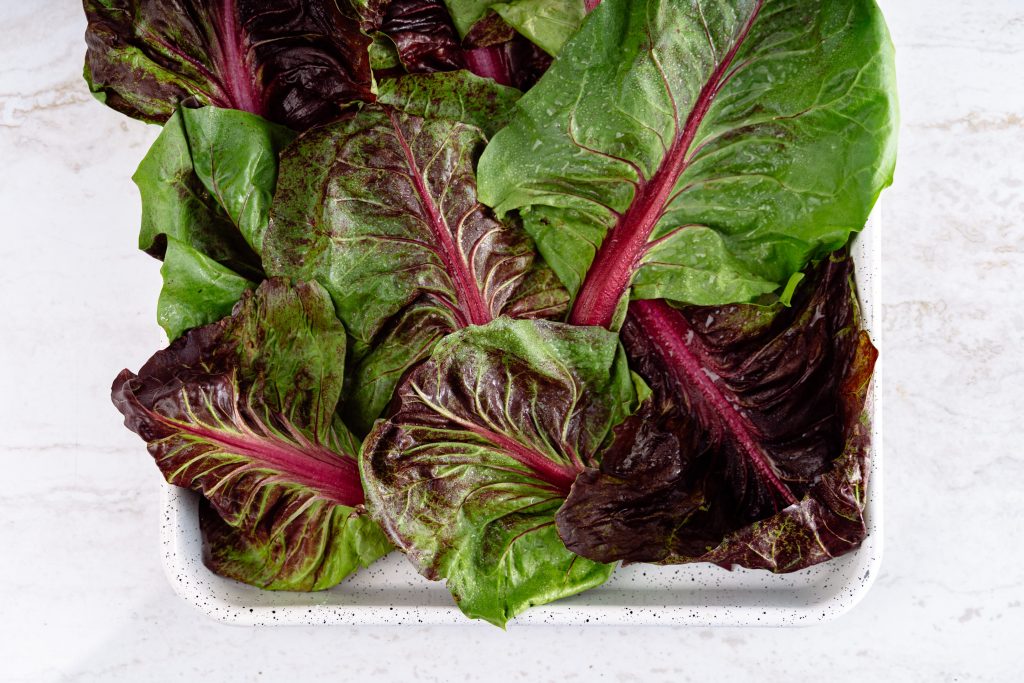
- They have dark-green leaves supported with thick stalks differing in colour. Mostly used in Mediterranean cooking, it has an earthy taste.
- The leafy green is rich in potassium, manganese, Vit A, C and K. It is also rich in syringic acid which is beneficial for lowering blood sugar levels.
How can you eat it?
- Do not throw away the stem. Add it to your cooking dish as it is crunchy and highly nutritious.
- Prepare it in the form of soup, tacos or even casseroles.
Watercress
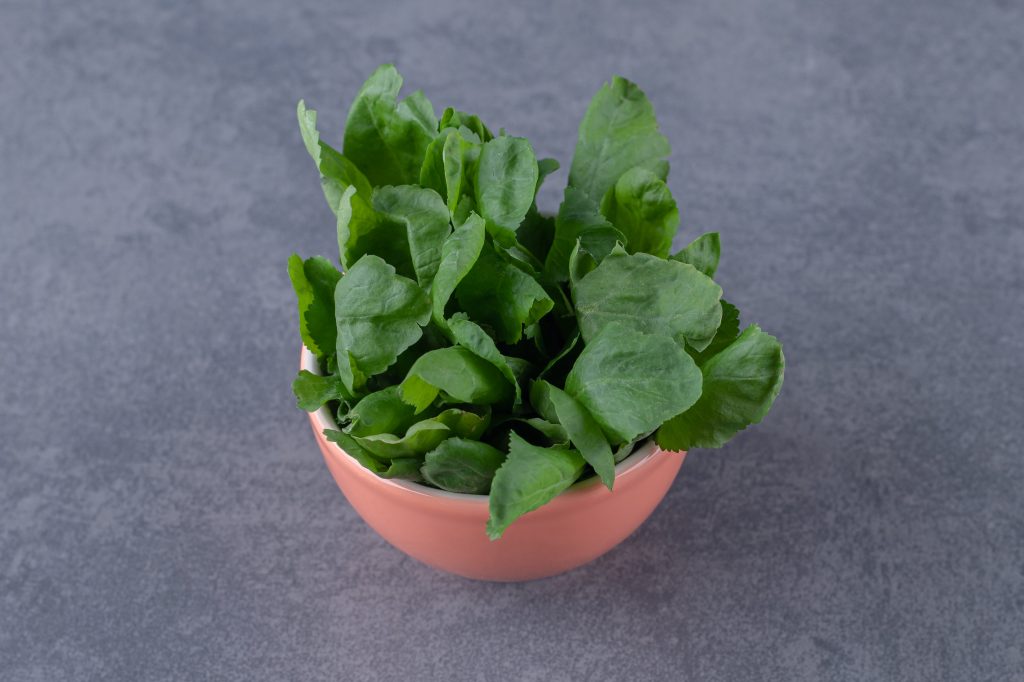
- An aquatic plant, Watercress is similar to arugula and mustard greens.
- Having healing properties, the leafy green has been used in the form of herbal medicine.
- It further helps in treating the early stages of cancer stem cells as well as restricting the growth of cancer cell reproduction.
How can you eat it?
- You can consume it in the form of medicine.
- Prepare a bowl of soup, add spices and consume it.
Collard Greens
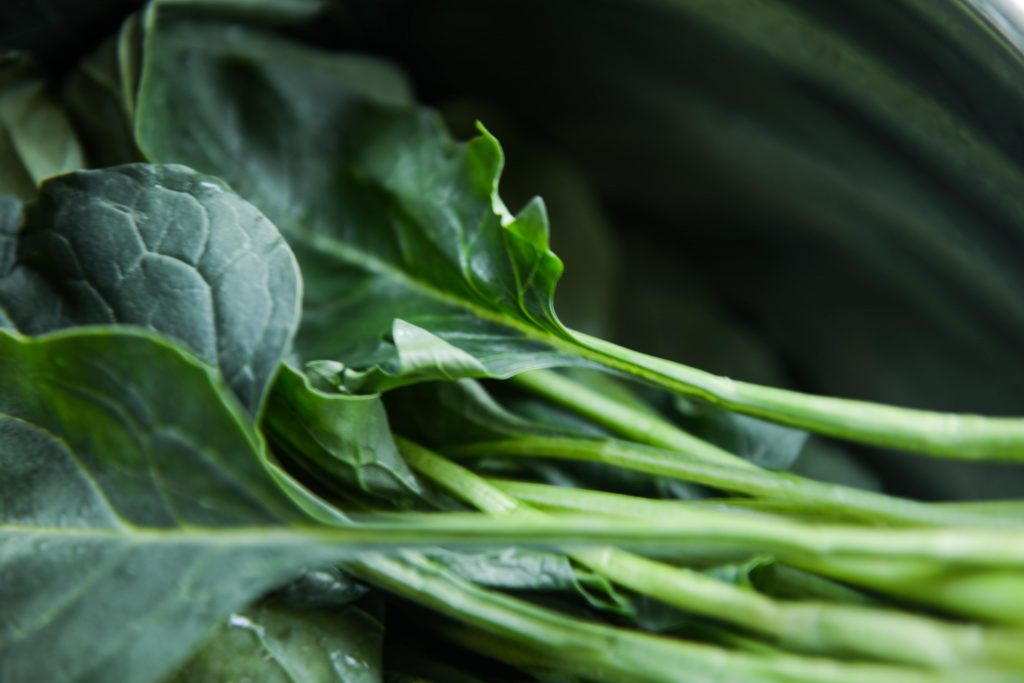
- They are loose leafy greens that are thick and a little bitter in taste. The texture is somewhat the same as Kale and Cabbage.
- It is rich in calcium, vitamins A, B9, C and K. One cup of cooked collard greens is powered by 1045% of the DV for Vit K.
- The presence of Vit K restricts blood clotting. It further helps in improving bone health.
How can you eat it?
- Cook it in the form of soup or spices and consume it.
Beet Greens
- Known to be highly beneficial for health, beet greens are mostly ignored. Though they are edible, beet greens are highly rich in potassium, calcium, riboflavin, fibre and Vit A & K.
- That means one cup of cooked greens has 220% of the DV for Vit A, 37% for potassium and 17% for fibre.
How can you eat it?
- Crease the beet greens into fried eggs or an omelet, or add them to your next veggie frittata.
Which vitamin is found in green leafy vegetables?
Most green leafy vegetables are rich in vitamins A, C and K. Vitamin K is higher in leafy green than any other fruits or grains.
It falls under the group of vitamins that your body needs for blood clotting and helping wounds heal faster. Not just that, in some of the leafy green vegetables that we’ve discussed before, Vitamin K also helps in keeping your bones healthy and strong.
If you are wondering how much Vitamin K is good for your body, we are here to help you. For an adult, 1 microgram of Vitamin K for each kilogram of your respective body weight is a good addition to your diet.
When you follow a balanced diet, you will accordingly be able to plan your diet chart infusing the right amount of Vitamins and minerals into your body.
Too much vitamin K consumption will not lead to side effects. Rather the excess is stored in the liver for future usage.
Benefits of eating green leafy vegetables
1. Rich in vitamins
Most leafy greens have ample storage of vitamins. Leafy green vegetables like Kale, cabbage and spinach are known for their higher vitamin content. Most of them are rich sources of vitamins A, K, E, C, B1, B2, B5, B6 and B9.
2. Supporting brain function
Research has stated that consuming a good amount of green leafy vegetables has boosted memory growth. Organic vegetables have a high level of Vitamin B9 that helps in the production of neurotransmitters. It is a form of chemical that supports the transfer of messages from the brain to the rest of the body.
3. Reduce bloating
Bloating could be due to a number of reasons like gut infection, hormonal imbalance or any form of digestive issue. Consuming leafy greens means intake of a good amount of potassium that helps in restricting belly bloating. It is a mineral as well as an electrolyte keeping optimal fluid balance in your body and restricting the growth of sodium.
4. Glowing skin
Beta-carotene is a form of vitamin A that is present in leafy greens. Consuming such plants or greens will result in youthful skin. It even acts as a natural sunscreen, protecting you from the harmful UV rays of the sun.
5. Relieving stress
A big glass of green healthy smoothie or a bowl of green stew/soup is the best for relieving your stress. Being an outstanding source of folate, it helps your body to maintain happy hormones and support your cardiovascular health.
6. Boost bone health
Leafy veggies like Kale and Collard Greens have a good amount of calcium. Most of the ones have vitamin K which helps in boosting your bone health, boosts the formation of proteins and clots your blood.
Side effects of green leafy vegetables
Eating healthy can never be disastrous. But too much of anything or everything might have consequences. You should better know the intake of greens in your daily diet. According to reports and experts, the most uncomfortable effect of eating too many green leafy vegetables is gastrointestinal issues. You may suffer from gas, constipation or even bloating. Leafy greens like Kale and collard greens should have a minimum quantity of intake else too much fiber will result in the above side effects.
7 green leafy vegetables for glowing skin
1. Spinach
Rich in beta-carotene, Spinach is great for your skin. It will protect your skin from UV rays. The presence of antioxidants will reduce cell death and promote better blood circulation.
2. Beet Greens
It is rich in potassium, calcium, riboflavin, fibre and Vit A & K. The leafy greens are also rich in antioxidants that help in relieving stress, and prevent skin dryness and premature ageing. It boosts collagen synthesis for promoting healthy and glowing skin.
3. Cabbage
Cabbage has a lot of healthy nutrients that are skin-friendly. Supporting collagen formation, it also has antioxidant properties and a good amount of sulphur to remove lesions from the epidermis layer of the skin.
4. Kale
Helps in reducing oxidative stress, Kale is rich in vitamins A, C, E and K. That means it does restrict premature ageing for healthier and glowing skin.
5. Collard Greens
Being in the same category as Spinach and Kale, collard greens are rich in Vitamin K. These powerhouse nutrients help in improving blood circulation, reducing fine lines, and wrinkles and boosting healthy skin.
6. Microgreens
Mainly, they are immature greens that are grown from the seeds of herbs or vegetables. You can use it in garnishing or decoration. They too store nutrients like vitamins C, E and K which help in reducing acne markets and wrinkles.
7. Romaine Lettuce
They are sturdy leaves with a center rib. Pretty crunchy in nature, lettuce is added mostly in salads. Having a good source of vitamins A and K, it helps in improving blood lipids contributing to clearer skin.
Conclusion
Green veggies are not just a source of vitamins and minerals but also filled with antioxidants and another array of essential properties for a healthier body. You can anytime add the best among the lot to your diet. Just maintain the quantity. As we stated, too much of everything could not bear sweet fruits.

